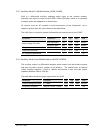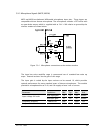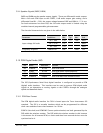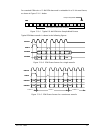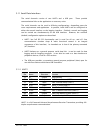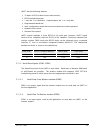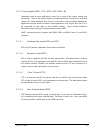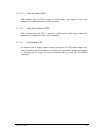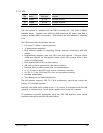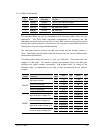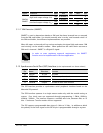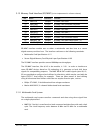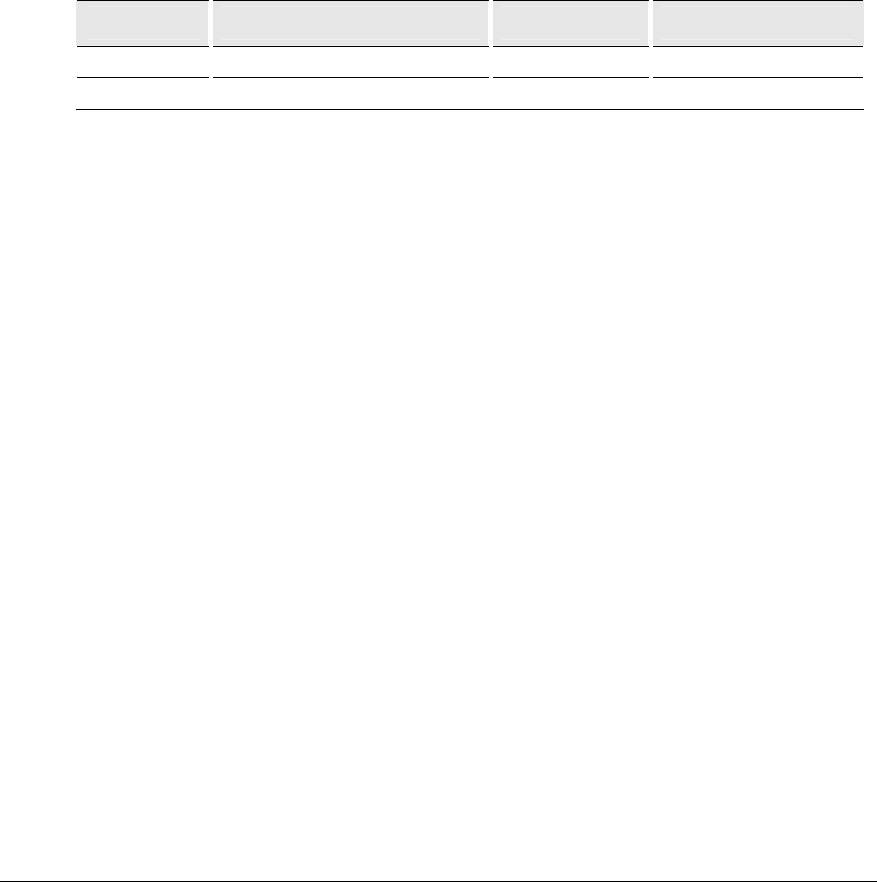
LZT 123 1836 54
UART1 has the following features :
• 32 bytes of FIFO for both receive and transmit
• FIFO threshold interrupts
• 1 start bit, 7 or 8 data bits, 1 optional parity bit, 1 or 2 stop bits
• Programmable baud rate
• Auto-configuration mode with auto-baud and auto-format operation
• Hardware flow control
• Software flow control.
UART1 signals replicate a 9-pin RS232 (V.24) serial port. However, UART1 signal
levels are not compliant with the RS232 (V.28) standard. Conversion between the
wireless modem CMOS levels and RS232 levels can be achieved using a standard
interface IC, such as the Maxim Integrated Products MAX3237. The relationship
between the levels is shown in the table below.
DTM, DFM RI,RTS,CTS,DSR,DTM,DCD RS232 level GS64 level
1 OFF <-3V VREF-0.4V
0 ON >+3V 0.4V
5.11.2 Serial Data Signals (DTM1, DFM1)
The default baud rate of the UARTs is auto-baud. Baud rates of between 600 bauds
to 460 kbauds are possible. The wireless modem also supports 3GPP TS27.010
multiplexing protocol, which starts when the appropriate command is sent.
5.11.2.1 Serial Data From Wireless modem (DFM1)
DFM1 is an output signal that the wireless modem uses to send data via UART1 to
the host application.
5.11.2.2 Serial Data To Wireless modem (DTM1)
DTM1 is an input signal, used by the application to send data via UART1 to the
wireless modem.






